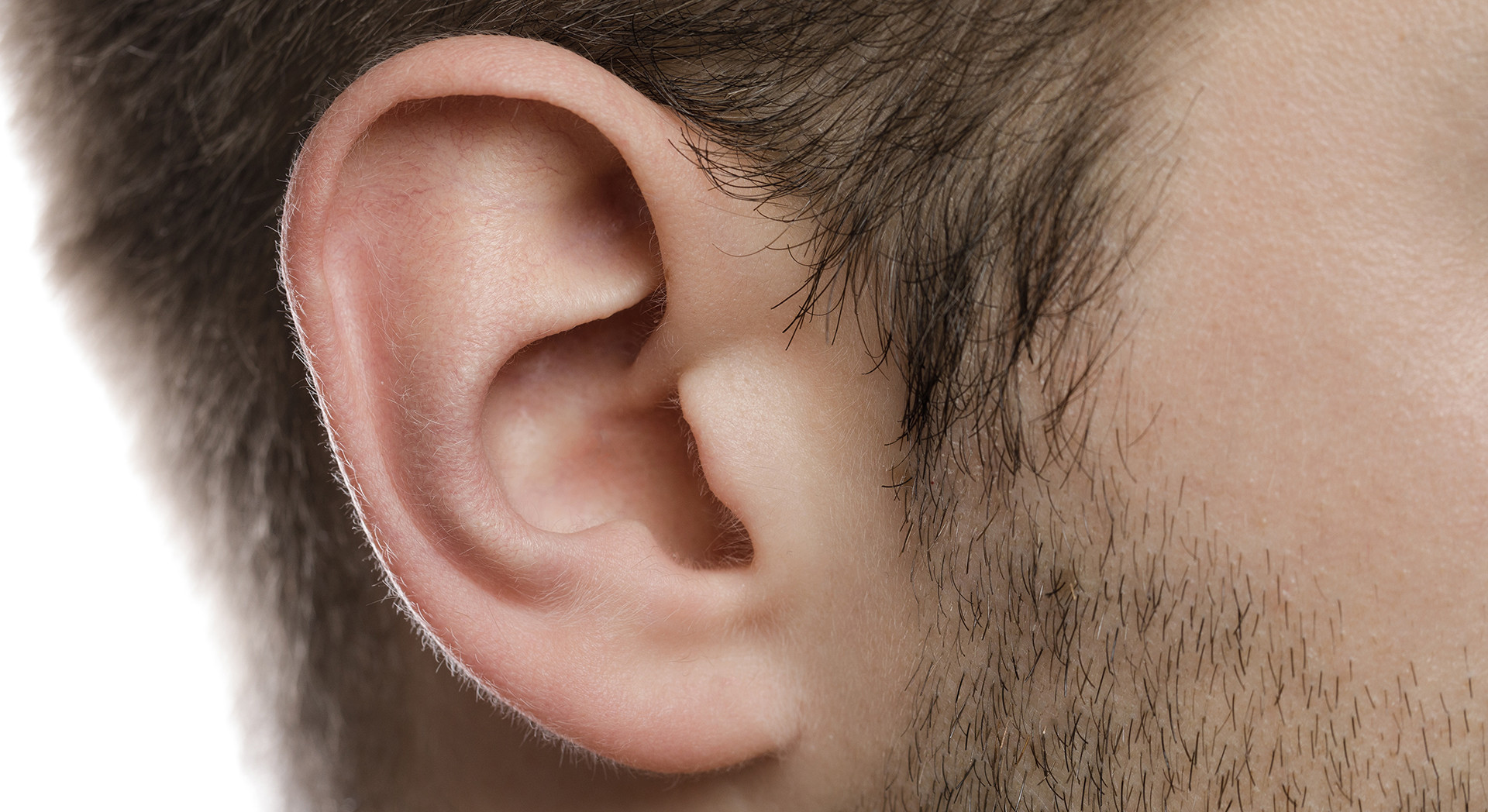
“Earwax” is a substance called cerumen that binds with dirt, dust and debris.
LEARN HOW YOUR PLANNED GIFT CAN HELP THE AMERICAN LEGION
Can too much earwax cause serious health problems?
Excessive amounts of earwax can cause problems including hearing loss or ringing in the ear. This can exacerbate other issues, since hearing loss has been linked to cognitive decline and an increased risk of depression. Earwax buildup can also cause individuals to experience vertigo, which increases the risk of falls.
“Earwax” is a substance called cerumen that binds with dirt, dust and debris; it is normally produced by the body to cleanse and protect the ears. For most individuals, this self-cleaning process is sufficient. But in others, including more than 30% of elderly and disabled individuals, earwax accumulates to the extent that it entirely blocks or impacts the ear canal.
The most affected are the elderly, with higher risks associated with individuals living in nursing homes or assisted living centers. Those who use hearing aids are considered at highest risk, because the devices can push wax down into the canal.
Earwax Removal Usually, earwax moves up and out on its own, so the best way to control it is to leave it alone. However, that advice can sometimes backfire for those who accumulate excessive amounts of it.
The symptoms of an earwax problem can include an earache, a feeling of fullness in the ear, hearing loss, tinnitus, dizziness, an ear infection, ear itchiness, or a cough due to pressure from the blockage stimulating a nerve in the ear. If you experience any of these symptoms, consult with your doctor about using a softening agent to help the wax leave the ear or remove it more easily.
If you prefer a milder approach, talk with your doctor about using baby oil or mineral oil. Using an eyedropper, place a drop or two into your ear, tilt your head so the ear is pointing up toward the ceiling, and stay in that position for a minute or two to let the fluid flow down to the buildup. Once that is done, tilt your head in the opposite direction to let the fluid and wax drain.
Alternatively, try an over-the-counter earwax removal solution or kit, sold in most pharmacies. Most solutions contain a form of peroxide, and some kits include a bulb syringe you squeeze to flush your ear with warm water, if needed.
You may need to repeat this wax-softening and irrigation procedure several times before getting rid of the excess earwax. If the symptoms do not improve after a few treatments, you should see your health-care provider or an ear, nose and throat (ENT) doctor to have the wax removed. Earwax removal is one of the most common ENT procedures performed. They have a variety of tools that can remove hard, stubborn earwax.
It might be tempting to poke a cotton swab, bobby pin, pencil or finger into your ear to get the gunk out, but it is best to refrain. While doing so could remove some of the wax, it may also push it deeper into the ear canal, increasing the risk of injuring your eardrum and making the problem worse.
“Savvy Living” is written by Jim Miller, a regular contributor to NBC’s “Today Show.” The column, and others like it, is available to read via The American Legion’s Fund Development program, a way of establishing your legacy of support for the organization while providing for your current financial needs. Consider naming The American Legion in your will or trust as a part of your personal legacy. Learn more about the process, and the variety of charitable programs you can benefit, at legion.org/plannedgiving. Clicking on “Learn more” will bring up an “E-newsletter” button, where you can sign up for regular information.
- News

